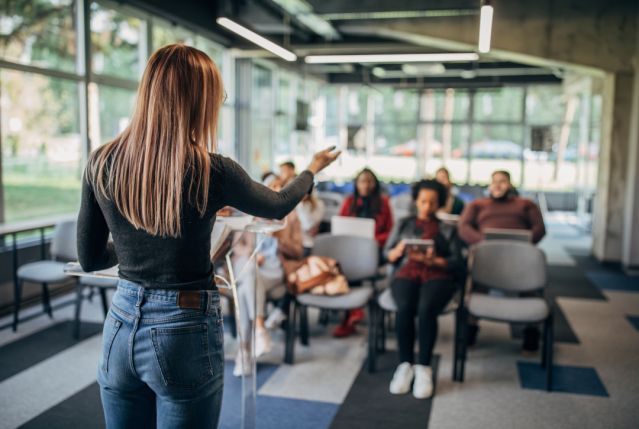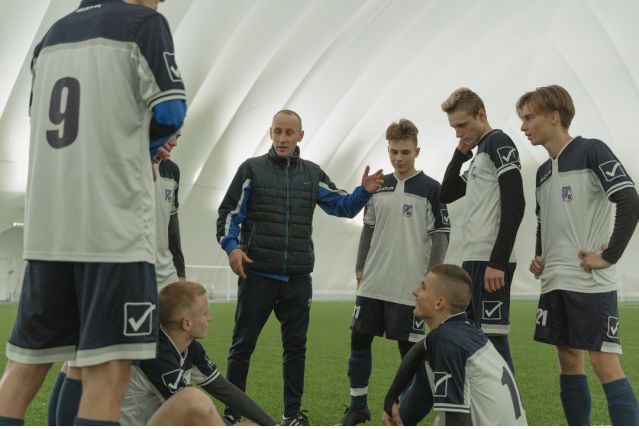
Sexual violence in sport is a pervasive issue that affects athletes at every level—from youth programs to professional leagues. Despite heightened awareness driven by movements like #MeToo and high-profile scandals, broader systemic change remains limited in athletic spaces. Effective prevention of sexual violence in sport requires more than reactive policies; it necessitates a cultural shift underpinned by evidence-based programming, community involvement, and institutional accountability.
The Scope of the Problem
Statistics on sexual violence in sport represent real survivors, each with unique stories of trauma. Athletes, particularly those in high-profile or competitive environments, are often exposed to power imbalances, hyper-masculinity, and loyalty norms that may contribute to elevated risks of sexual violence. Research highlights that while athletes can become role models for prevention programming, the structures surrounding them often fail to address the systemic causes of such misconduct
Prevention Frameworks in Sport
Sexual violence prevention is categorized into three levels:
- Primary Prevention: Aimed at preventing sexual misconduct before it occurs. Programs like Green Dot Bystander Intervention have demonstrated success in reducing rates of sexual victimization on college campuses (Coker et al., 2015). However, their reach and impact remain limited without systemic integration.
- Secondary Prevention: Involves immediate responses post-incident to reduce harm and promote healing. Institutions should focus on trauma-informed care, ensuring survivors are supported through medical, legal, and psychological resources.
- Tertiary Prevention: Addresses long-term effects of sexual misconduct and seeks to prevent recurrence. This level includes sanctions, educational interventions, and ongoing support for survivors.

Existing Challenges
Several barriers hinder the effectiveness of current sexual violence prevention efforts:
- Insufficient Integration: Most sexual violence programs athletes are exposed to are brief, one-time interventions (e.g., annual training, speakers) with limited follow-up, reducing their ability to enact lasting change.
- Systemic Gaps: Structural issues like entrenched misogyny, inadequate prevention and response policies, and unclear reporting mechanisms leave athletes vulnerable to sexual violence.
- Inadequate Representation: Prevention efforts often overlook the intersections of race, gender identity, disability, and sexual orientation, failing to address unique vulnerabilities within these groups.
Effective Strategies for Change
- Distributed and Integrated Programming: Programs must be longer in duration, repeated regularly, and tailored to the needs of athletic communities. Programming must acknowledge the systemic nature of sexual misconduct in sport and emphasize the safety and well-being of entire sport communities.
- Leveraging Leadership: Coaches and sport administrators play a critical role in shaping team and organizational culture. Their active involvement in promoting zero-tolerance policies towards sexual violence and fostering safe environments is essential.
- Institutional Accountability: Institutions must adopt transparent policies, conduct regular climate surveys to assess risks, and enforce sanctions effectively. Without accountability, sexual violence policies become mere aspirations
- Targeting Cultural Norms: Efforts should focus on challenging toxic masculinity, rape myths, and other harmful ideologies. Engaging influential athletes (e.g., captains) and coaches as advocates can help shift norms and behaviors.
- Trauma-Informed Approaches: Survivors must be at the center of sexual violence prevention and response efforts. Institutions should prioritize their voices in developing policies and ensure access to comprehensive resources in the aftermath of sexual violence.

A Vision for the Future
The goal of sexual violence prevention in sport is not just to reduce the incidence of sexual misconduct but to create sport cultures where athletes thrive without fear of victimization. This requires commitment at all levels, from student-led programs to Olympic committees. As outlined in Athletic Programmatic Prevention, the journey toward preventing sexual violence in sport involves both addressing individual behaviors and dismantling systemic inequities (Kilwein, Gray, & Stuemky, 2022).
By embracing evidence-based strategies and fostering a culture of shared responsibility, the sports world can move closer to the vision of “No more, not here, not within these walls.” The path toward elimination of sexual violence in sport demands courage, accountability, and a relentless commitment to justice and healing for all athletes.
